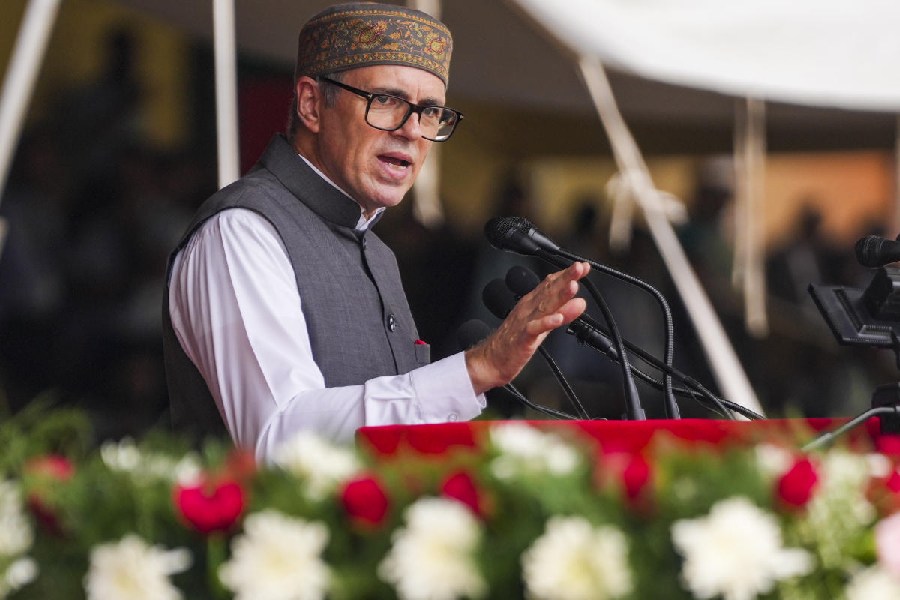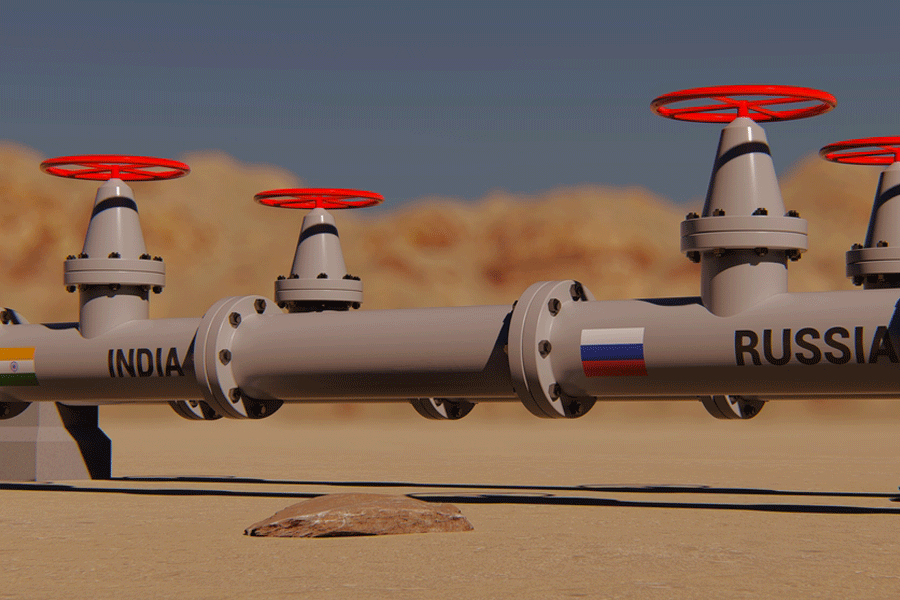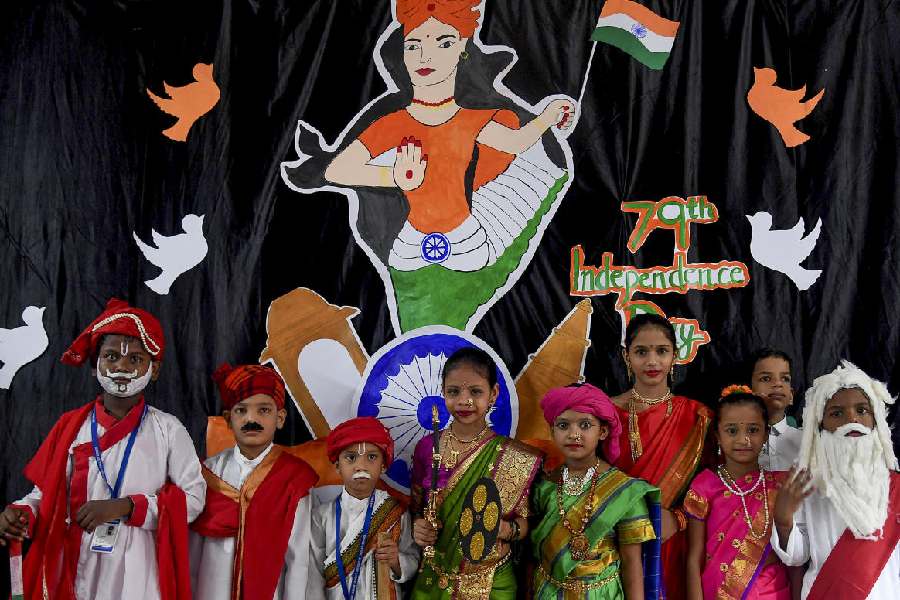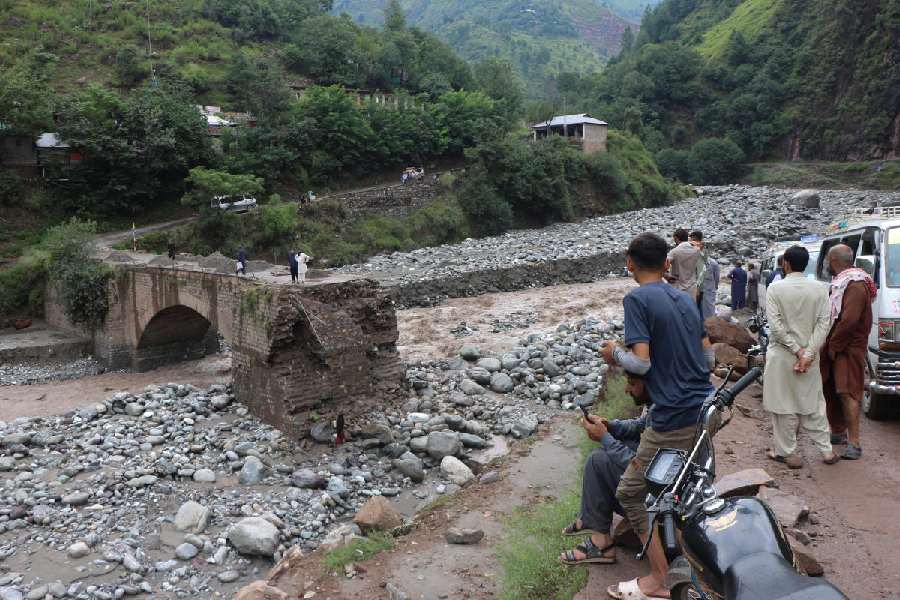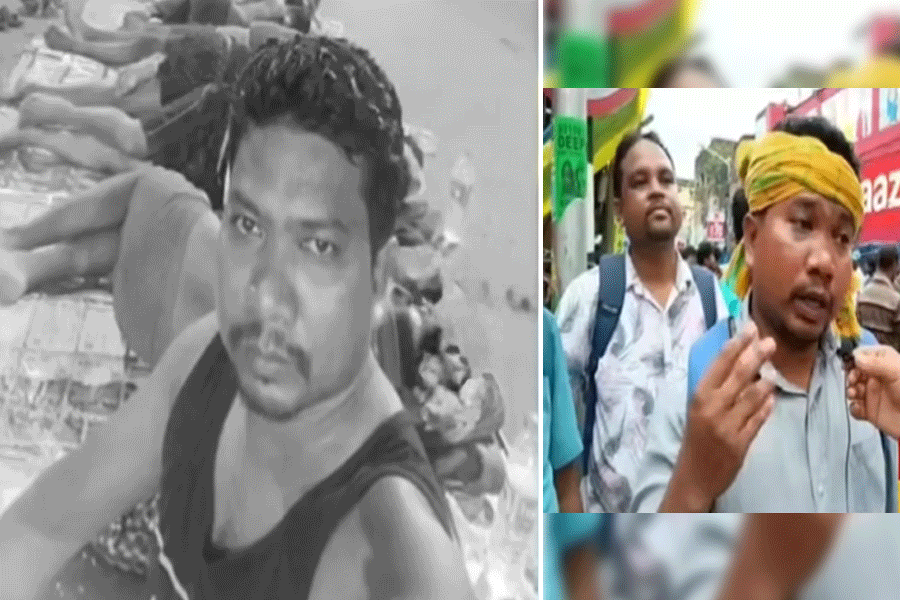Bhubaneswar, July 15: Chief minister Naveen Patnaik today unveiled a cardiac cathlab (catheterisation laboratory) at Capital Hospital.
Cardiac catheterisation is a medical procedure used to diagnose and treat certain heart conditions. A cardiac cathlab is used for investigation and treatment of cardiac catheterisation.
Naveen said the cath lab, apart from catering to the needs of residents of the city, would serve people from nearby areas such as Khurda, Nayagarh, Puri, Cuttack and Jagatsinghpur.
The machine installed in the lab is essential for people suffering from cardiothoracic ailments. It would substantially reduce the cost of cardiothoracic investigation.
“We can provide services like pacemaker implantation for Rs 1,000 (without the cost of the device). In comparison, private players charge more than Rs 5,000 for a similar service,” said health minister Prasanna Acharya.
An amount of Rs 5 crore was spent to set up the cathlab and construct the new cardiology department building. While funds for the cathlab were facilitated through the grant of the 12th financial commission, the new cardiology department building was constructed with grants from the health department.
Angioplasty will cost Rs 30,000 in the government hospital, while it costs more than Rs 60,000 in private hospitals.
There are two cardiologists at the department. One trained technician, two staff nurses and other supporting staff for assistance in the cathlab have already been appointed.
“The health and family welfare department is planning to appoint another cardiologist soon. As availability of healthcare professionals is still a problem in the state, we could not have one specialist immediately,” said Acharya.
Intervention cardiologist Nirmal Mishra said: “We are getting 40 to 50 cardiac patients in the cardiology out-patient department (OPD). To manage these patients, two doctors are enough. However, once regular operation of the cath lab starts, post-intervention, people have to be admitted in the cardiac ward. To monitor their health, another cardiologist would be needed.”
“The intensive care unit (ICU) in Capital Hospital has eight beds. But, all the beds are under control of the general medicine department. As patients need special care after cardiological interventions, the authorities have already placed money to upgrade the ICU to 16 beds, out of which, a separate enclosure will be dedicated as the Cardiac-ICU,” said a health department officer.
The cath lab machine had been lying unused near the staircase of the surgery ward since its arrival here in April 2010.
The hospital sources said that construction work for the cath lab room as per the radiation hazard specifications of the Bhaba Atomic Research Centre (BARC), Mumbai, and the electrical installations also delayed the installation. “The plan approval from the atomic research centre is very crucial as the cath lab functions in a relatively high-end radioactive environment and the construction, roofing, walling and even the accessories used for the doors and windows need specific materials for radioactivity resistance,” they said.
The Capital Hospital has 650 indoor beds, 13 specialist OPD and two super-specialty OPD. In case of cardiology, the OPD will have services such as, ecocardiogram (ECG), tread mill test (TMT) and Holter monitoring of the patients. The cath lab will have facilities for stenting, ballooning for removal of arterial blockage, interventions at valves and electro-physiological studies of the heart.
“Earlier, almost 50 per cent patients from the city had to go to S.C.B. Medical College and Hospital for consultation, as there was no facility available here. Now, after the inauguration of the cath lab, more people are expected to come to Capital Hospital,” said Mishra.
Chief medical officer Nirmala Dei said: “Department of cardiology in Capital Hospital is one of the oldest super-specialty wings of the institution and has become the only one in peripheral health service in the state. With changing lifestyle, more people are facing cardiothoracic problems. It is expected to help people from all economic groups.”


